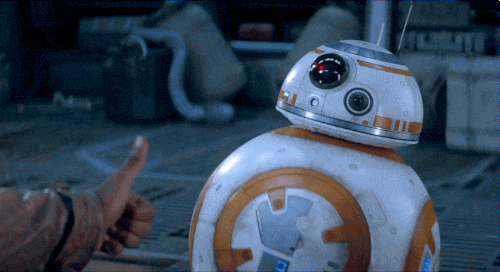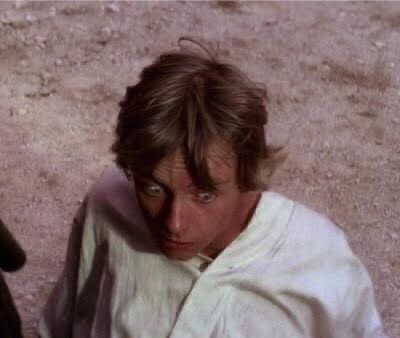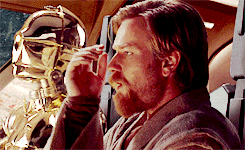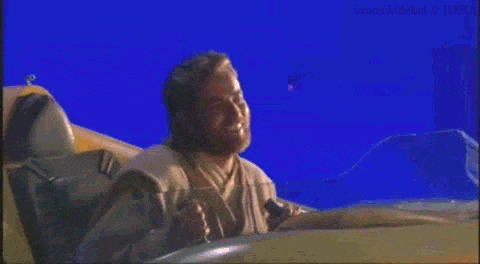Hello there, and season’s greetings everyone! Welcome to yet another blog post! We just finished our latest project, Tectonic Chances, and overall, it’s been a pretty cool learning experience! As always, here’s my reflection on the journey!
(Cough, I’ll try to shorten it…. NO PROMISES THOUGH)

During this project, we managed to create our own board game reflecting concepts relating to the general theme of Tectonic Plates. This project was done in pairs, and honestly, I’ve had a lot of fun masterminding a board game with Sara.
Our game has changed a lot over the time we spent learning about all the strange science concepts, and I’ve learned a lot about tectonic plates. When we all began, I knew next to nothing about how all these unusual science contraptions worked. Now, I can gladly say I know better than to think that volcanoes just randomly pop up from the ground.
There are actual scientific reasonings behind all of these “natural disasters”, and they’re not as random as one may believe.


We began with Milestone 1, and trying to create a quick concept of the game, which is very hard when you know close to nothing about Tectonic Plates. I believe that this milestone was fundamental to our final product, and that our game would be very different without this first brainstorm opportunity.
Our original draft of the game had little evidence including knowledge of Tectonic Plates, and more relayed on our little and stereotypical knowledge of natural disasters, including tsunamis and earthquakes.
However, this soon based on to become a good foundation of our final product, and the improvement of our understandings of these concepts really did show through later on.

Here’s a picture of our ideas and brainstorming process as I will compare it later on to the final product.


Yeah, kind of messy and confusing, isn’t it? We received a sun for this Milestone, (though I wish I could have extended it). And I may have written “Objection” instead of “Objective” at the bottom of the instructions list 😔

Another evidence of my own learning would be our mindmap, which we created to first place down all the knowledge we already knew about tectonic plates and further extend that curiosity through questions we had on the subject.
Before we started writing our blog posts, we completed, updated, and further extended that map. First off, we answered all the questions we had before written on the document, and placed down all the knowledge we learned through this experience.
I’m fairly proud of our final product, and I’m excited to present some photos of it to you guys! It may have taken quite a while to create and design, but in the end, it was all worth it!
Here’s some pictures of the board:




Here’s our card designs:

And here’s our character pieces:

Check out our game rules here!

 EVALUATING AND UNDERSTANDING OF EVIDENCE:
EVALUATING AND UNDERSTANDING OF EVIDENCE:
I believed we did pretty well for this particular competency. However, as always, there’s always room for improvement.
We demonstrated an understanding and appreciation of evidence within this project through showing physical representations of scientific terms in our game.
We tried to include many elements, more specifically hotspots, fault lines, continental drift, and more, through making them significant concepts to our game. Through our game rules, we also mentioned other scientific terms, such as seismic waves, to help create a brief explanation to the setting of the game.
As we looked around at other group’s games, I personally realized that the science concepts they used were far more prominent and essential than ours was. I believe that we could have improved by making the game more reliant on scientific evidence.
In the future, if I were to create another project similar to this one, I would include more essential evidence and concepts that actually affect the end product more.
We also showed this competency through the visual and creative side of our product. I also believe that our visuals really helped us present our ideas better on the end result.
We spent a lot of time creating the visual aspects of the game and representing our scientific understanding through them. We designed many unique cards that show an impact of the scientific terms within the essentials of the game, and coloured game spots that showed physical things relating to tectonic plates (such as our fault lines and hot spots.)
I wish that we spent more time perfecting and creating more scientific aspects in our game, and that we truly showed that understanding through our game.
Overall, I believe that we accomplished and even extended a bit of this competency through our game. I am really proud of the end product, and we worked hard to reach this point of satisfaction.
QUESTIONING AND PREDICTING:
We did pretty well in this competency as well, and spent our given class time efficiently on the project. I believe that I’ve also personally improved at working alongside my other classmates, and got to take this opportunity to learn more about my peers.
As I mentioned in my last Scimatics reflection, I’m terrible at talking and expressing myself through verbal communication, and I try to exclude myself from those awkward conversations as much as possible.
These group projects push me out of my comfort zone, and give me the motivation to actually talk to some other lifeforms and work together for a common achievement. Although at some moments, I really dislike having to communicate with someone else. In the long run, these are very good experiences that will help me become comfortable doing this even more in the future.
Working with a partner helped me feel more accepted within our class, and made me feel like actually belonged here. I’ve also managed to (hopefully because I don’t know how these things work lol) become friends with my partner, Sara.
Although I still have a long way to go, I would say that I’m fairly proud of myself for facing my fears, and becoming more comfortable with other people (besides my friends from elementary school.)
Another part of this competency is having a sustained curiosity about these scientific concepts. For my personal part, I believe that I could improve more on this section of the competency.
At first, to be completely honest, I wasn’t too excited to learn about the subject of tectonic plates, and it didn’t really interest me too much. For the beginning duration of this project, I didn’t keep a sustained curiosity or personal interest. However, as we moved on, and in particular, created our mind maps, I kind of got interested in the subject.
Although I did eventually found interest in tectonic plates, I wish I had sustained at least some curiosity for this subject at the beginning.
Overall, I believe I’ve definitely achieved an accomplished understanding of this competency. However, I could have done a little better.
UNDERSTANDING AND SOLVING:
I believe that we did around an extending job at reaching this competency, and that we did pretty decent at it.
During this unit, we learned about the importance of probability and certain math concepts in board games, and how to implement them in our own creations (I’ll be expanding more on this later.)
Our game instructions had a section that clearly stated the possible outcomes that could be affected within the game, and lots of combinations as well. They were both clearly calculated within the instructions, and are relevant to gameplay. We extended this competency by calculating more combinations, and using them to determine how to make the game more enjoyable.
If I were to recreate this project or improve in this area, I would probably try to do more challenging combinations that include more than two probabilities. Overall, we did a pretty good job following along this competency.



The driving question for this project was “How are thematic and mathematical elements used in game design?” Through this project, I learned many things about game making, and just how difficult it can be.
Mathematical elements are used far more than I’d ever expected, and are essential to creating a fun, entertaining game with just the “right” amount of risk. Sometimes these mathematical concepts can be the point between a good game and a bad one.
I’ve played many board games before, and the ones that are the most exciting often have the right amount of probability and chance. They create excitement and tension, yet don’t get too complicated or risky to the point that it causes stress on the players.
You need to balance out the probability of loosing and winning, and make sure that there are things to prevent “automatically winning” (because that can get boring over time).
I’ve learned that probability can be very hard to utilize in a game, and can often lead to over complication that shows through the first draft of our game.
Also taking thematic elements from real life, genres, and imagination can help create a consistent aesthetic or vibe within the game. Using the theme of Tectonic Plates really did help us get a good basis for our board game, and let us play off of real life concepts to create something new. Without consistency or a good foundation, the game can end up being confusing or even boring.
Game design really does use these two elements to create a good foundation for the end product, and can help maintain a fun, unpredictable, and successful game.

My gifs are from the following sources:
Star Wars: Revenge of the Sith
Star Wars: Attack of the Clones





Leave a Reply